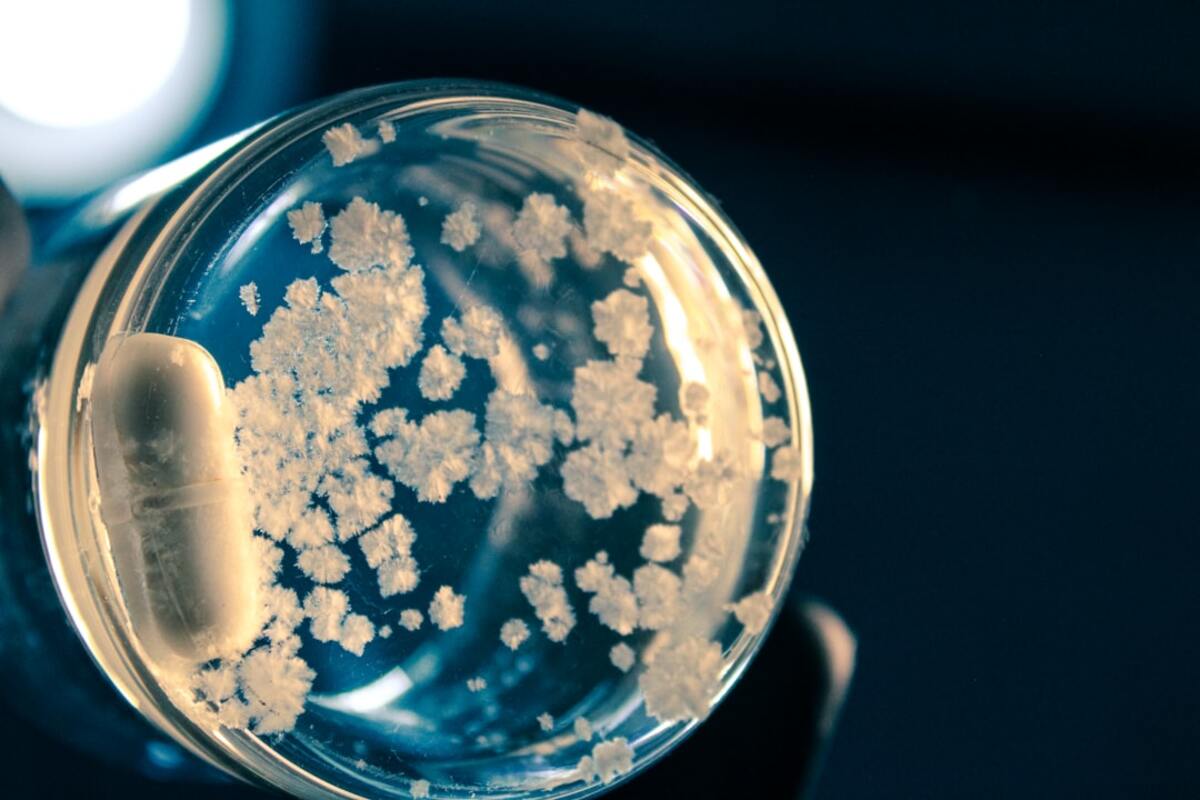Bacterial Cellulose: The Next Frontier in Sustainable Material Science
Bacterial cellulose is revolutionizing material science with its sustainable production and diverse applications, from textiles to biomedical innovations.
ER

Bacterial cellulose structure magnified, showcasing its intricate nanofiber network. (Photo by Fulvio Ciccolo)
Key Takeaways
- Bacterial cellulose offers a sustainable alternative to traditional materials.
- Its unique properties make it suitable for biomedical and industrial applications.
- Ongoing research aims to improve production efficiency and material properties.
Introduction to Bacterial Cellulose
Bacterial cellulose is a remarkable biopolymer with a growing reputation in the realms of sustainable material science. Unlike the plant-derived cellulose, which constitutes the cell walls of green plants, bacterial cellulose is synthesized by certain strains of bacteria, primarily the genus Acetobacter. This form of cellulose is known for its high purity, mechanical strength, and unique structural features that make it an excellent candidate for various industrial and biomedical applications.Bacterial cellulose was first discovered in the early 20th century, but its potential went largely unexplored until recent decades. As sustainability becomes a focal point in the development of new materials, the interest in bacterial cellulose has surged. It offers a renewable, biodegradable, and non-toxic alternative to various synthetic materials, aligning perfectly with the goals of green chemistry and sustainable engineering.
Properties and Production
The production of bacterial cellulose involves the fermentation of specific sugars by bacteria. This process can take place under controlled conditions, making it a scalable and eco-friendly operation. The resulting product is a nanostructured cellulose, characterized by its fine network of fibers, which imparts exceptional tensile strength and flexibility. The nanofiber network allows for the retention of a significant amount of water, giving bacterial cellulose its hydrogel-like properties.One of the standout features of bacterial cellulose is its high degree of polymerization and crystallinity, which significantly exceeds that of plant cellulose. This leads to outstanding mechanical properties, such as a higher Young's modulus and tensile strength. Moreover, its biocompatibility and non-toxicity make it particularly appealing for applications in the medical field.
Applications and Innovations
The potential applications of bacterial cellulose are vast and varied. In the textile industry, it can be used to produce eco-friendly fabrics that have the added advantage of being biodegradable. Researchers are exploring ways to enhance the properties of these fabrics, such as improving their colorfastness, durability, and moisture-wicking capabilities.In the field of biomedical engineering, bacterial cellulose is making significant strides as a promising material for wound dressings, implantable medical devices, and tissue engineering scaffolds. Its ability to promote wound healing, coupled with its excellent mechanical properties, positions it as an ideal candidate for these applications.
The food industry is also finding uses for bacterial cellulose, as it can serve as a low-calorie, high-fiber additive that improves the texture and nutritional value of food products. Furthermore, in the realm of electronics, research is exploring its potential as a substrate for flexible, biodegradable electronics, which could revolutionize the development of wearable devices.
Challenges and Future Directions
Despite its numerous advantages, there are challenges associated with the large-scale production and application of bacterial cellulose. The cost of production remains relatively high compared to traditional materials, primarily due to the need for specialized bacterial strains and specific growth conditions. However, ongoing research aims to address these challenges by optimizing production techniques and developing genetically modified bacterial strains that can produce cellulose more efficiently.Additionally, the exploration of composite materials, where bacterial cellulose is combined with other biopolymers or nanoparticles, is a promising area of research. These composites can offer enhanced properties tailored to specific applications, thereby expanding the utility of bacterial cellulose.
In summary, bacterial cellulose represents a pioneering shift towards sustainable materials in various industries. Its unique properties and the potential for customization make it a versatile biomaterial that could play a crucial role in addressing some of the pressing environmental and technological challenges of our time.
